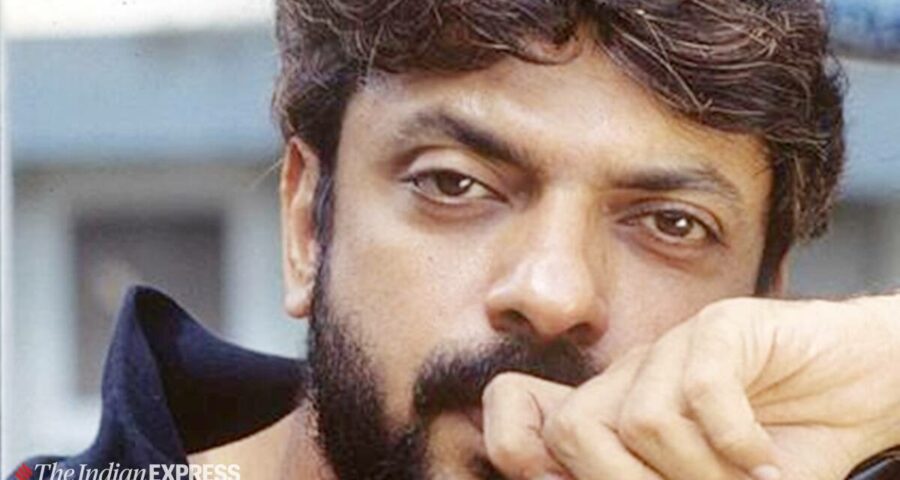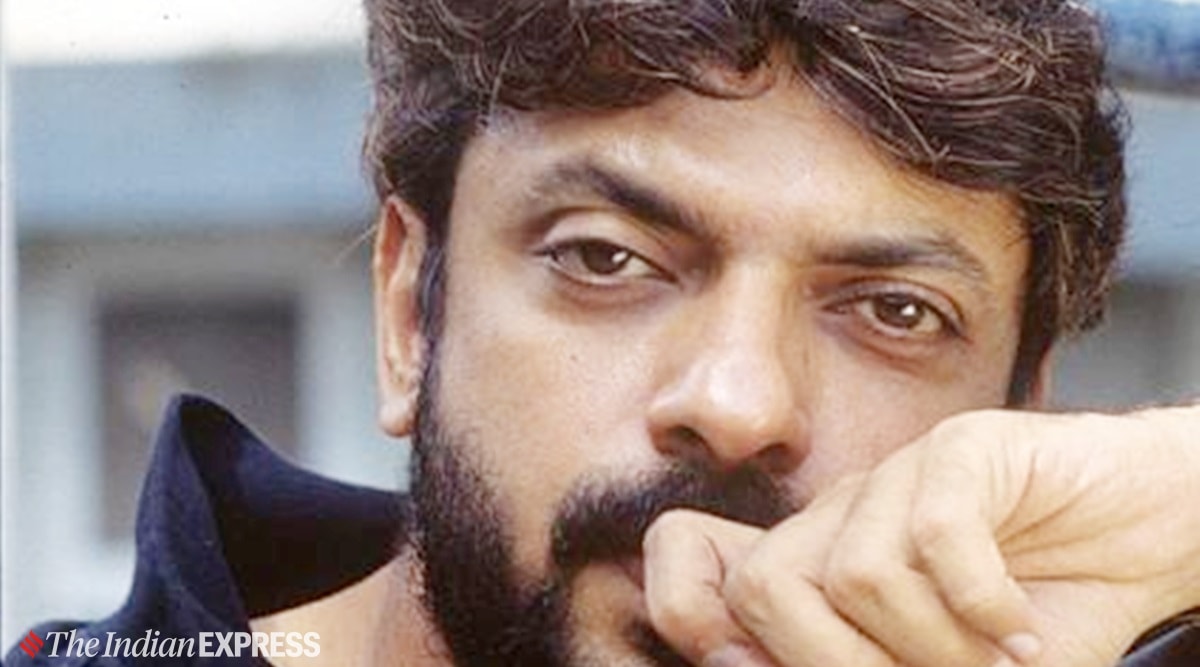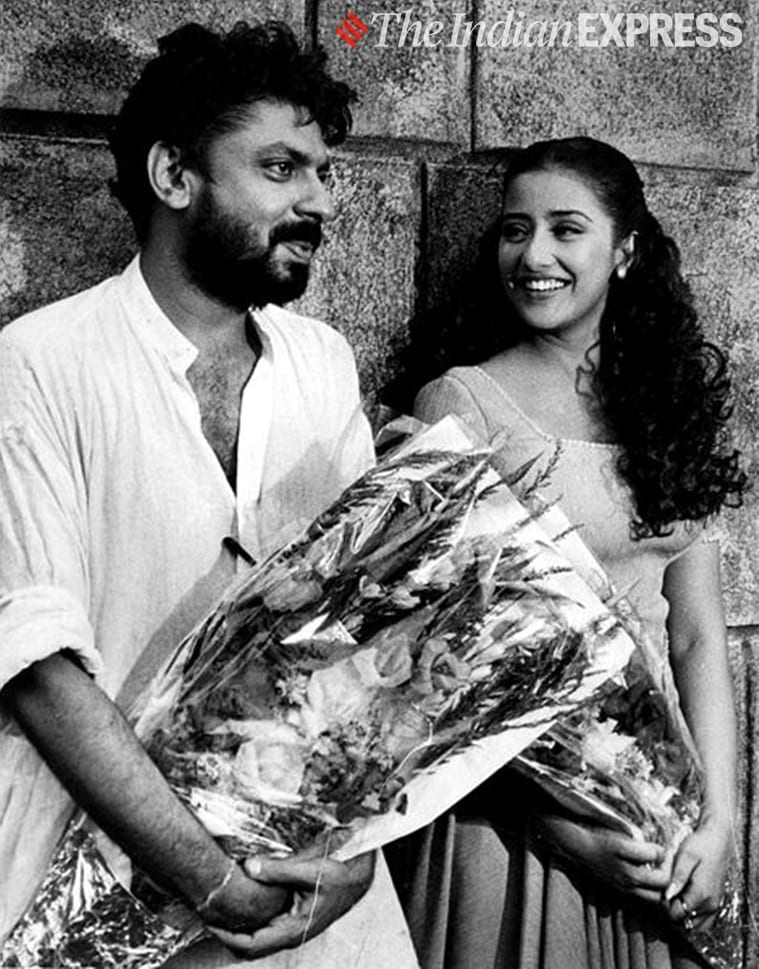Watching a Sanjay Leela Bhansali movie on the big screen is like being caught in the middle of a waking dream; stunning-looking portraits that suffer from a lack of inventiveness.
Khamoshi: The Musical, Black and Guzaarish — can you sense the common theme here? Padmaavat, Bajirao Mastani, Devdas and Hum Dil De Chuke Sanam — what ties these movies together? The first set of films were about grief and finding meaning in life despite the physical obstacle. Of finding a sense of normalcy and excelling within that world, which at the outset, might seem impossible to an outsider. Whereas, Padmaavat, Bajirao Mastani, Devdas and Hum Dil De Chuke Sanam were essentially love triangles, painted luxuriously with every kind of opulence imaginable. Yes, it might seem like a simplification, but when you break it down to its bare minimum, the aforementioned subjects are the legs that these movies stand on. Even Sawaariya was ultimately a love triangle. The only feature that stands out is perhaps Bhansali’s Goliyon Ki Raasleela Ram-Leela, and not because it is a superior film, but because it doesn’t necessarily fit into these two categories.
This is not to say that these movies from Bhansali’s oeuvre are not enjoyable or stunning-looking. But my chief complaint is with its narrative; the writing is not very imaginative. The love triangles, more often than not, follow the stereotypical union and estrangement, which is associated with the genre. Boy-meets-girl-meets-another-boy, throw in a song and some fun, and conclude the storyline with a bittersweet ending. If ‘this’ structure had been followed in only a couple of movies, it would not have seemed so repetitive, but the problem is that the director often visits the same story in different settings. The films of Bhansali’s world have a unique aesthetic, unfortunately, one cannot say the same thing about its script.
Khamoshi: The Musical is a personal favourite. Not only was the Salman Khan, Manisha Koirala and Nana Patekar-starrer Sanjay Leela Bhansali’s directorial debut, it was an honest film that didn’t feel the need to paint the movie a certain way to make it stand out. Its filmy sentimentality was elevated by Patekar’s stellar performance and a wholesome-looking Goa. Rustic, scenic and lovely — all at once. The songs of course were a bonus and so was Koirala’s quiet loveliness that filled every frame she occupied. The tone was subdued and the story did not get caught into its own trappings of ambition, love and grandeur, which often happens with a Bhansali production. It showed the audience that you don’t need to have big sets and a great deal of money to make a good movie. Khamoshi’s world was rich and vibrant in itself. It was a musical in true sense of the term. The songs were not just songs, but actually helped move the story forward and gave a clear insight into the minds of the characters, be it “Aaj Main Upar” or “Bahon Ke Darmiyan.” And a special mention for the venerated lyricist Majrooh Sultanpuri, who, in his late 70s, gave such youthful, relatable lyrics.
Then came Hum Dil De Chuke Sanam after a gap of three years. A very different movie from the one that had released in 1996. The change was refreshing and the cast was a great fit for the story. Here too songs played a significant role, sometimes introducing us to the heroine’s personality and at other times celebrating love or singing tales of heartbreak. Ajay Devgn’s Vanraj was a practical man who had fallen for the radiant Aishwarya Rai’s Nandini. But Nandini loved Salman Khan’s Sameer, and so this push and pull of grand romantic gestures and sacrifice between the three characters created the signature Bhansali love story. Of unrequited love, false promises and drama bordering on melodrama.
The production value kept evolving and increasing with every film that Bhansali made thereafter. Be it Devdas, Sawaariya, Guzaarish, Bajirao Mastani or Padmaavat — sets metamorphosed into paintings, as a result making his characters non-relatable and never aspirational. They seemed almost mythical; the things Bhansali’s characters did or achieved within their universes was not the stuff you and I could hope to do, but only dream of them. Watching a Bhansali movie on the big screen is like being caught in the middle of a waking dream. Here’s hoping the Alia Bhatt-starrer Gangubai Kathiawadi brings something new and exciting to the table. After all, this is the first time that Sanjay Leela Bhansali would be adapting a real-life story for the celluloid. Fingers are crossed in anticipation.
Source: Read Full Article



